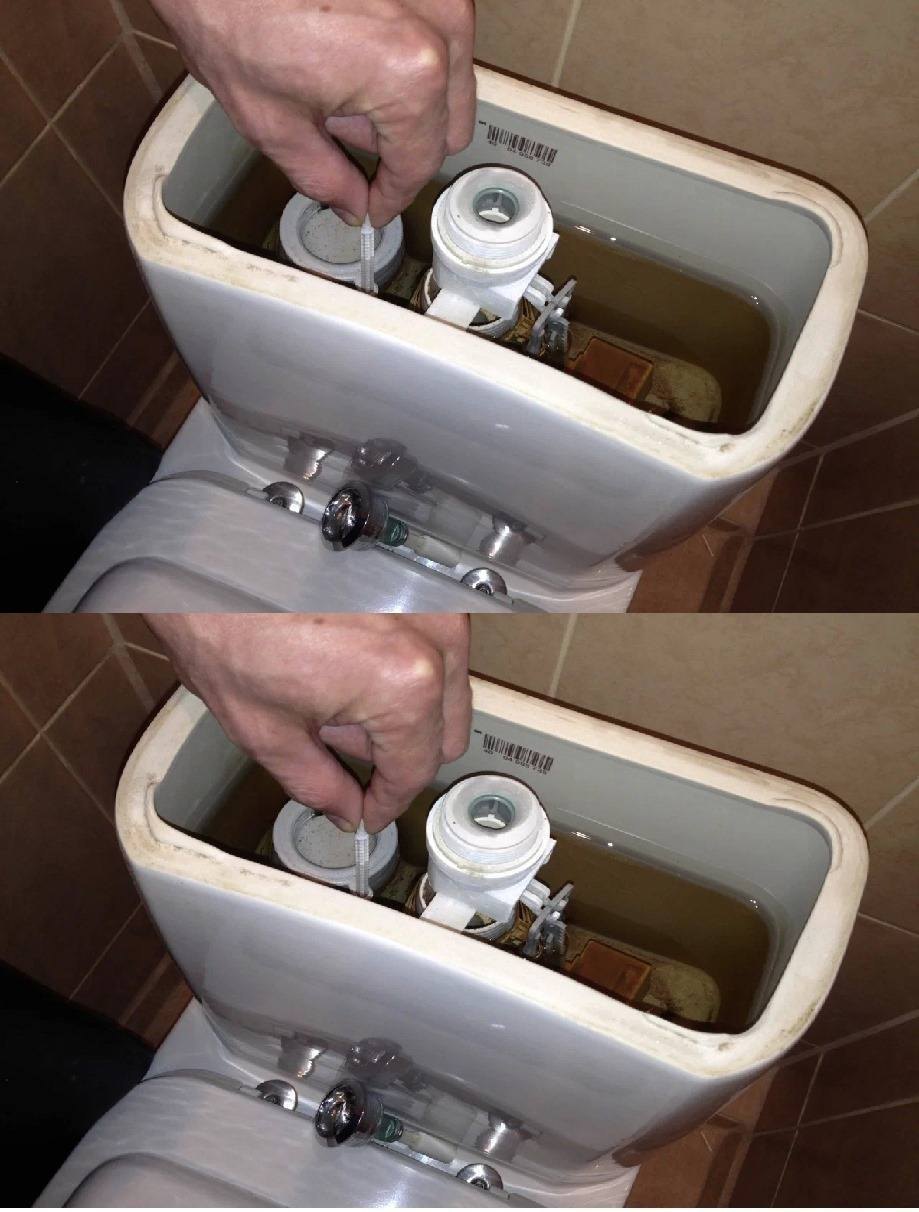ADVERTISEMENT
The Problem of the Water Constantly Running in the Toilet Has Been Resolved Once and For All: A Simple Method from an Experienced Plumber
If you’ve ever dealt with a toilet that won’t stop running, you know how frustrating it can be. Not only is the constant sound of running water annoying, but it can also lead to a seriously high water bill if left unchecked. Fortunately, the solution is often simpler than you think, and you don’t need to call a plumber for help! With just a few tools and some basic know-how, you can fix a running toilet in no time.
In this article, we’ll share a simple method from an experienced plumber that will help you resolve the problem of a running toilet once and for all. Whether you’re dealing with a slow trickle or a full-on flood, these steps will help you restore peace and quiet to your bathroom while saving water and money.
Why Is My Toilet Running?
Before we get into the fix, let’s first understand why toilets run in the first place. There are a few common culprits behind this issue:
- Faulty Flapper Valve: The flapper valve at the bottom of the toilet tank is responsible for sealing the flush valve after you flush. If this valve doesn’t close properly, water will continue to flow from the tank into the bowl, causing the toilet to run.
- Broken or Misadjusted Fill Valve: The fill valve controls the flow of water into the tank after a flush. If it’s broken or set incorrectly, it can cause the tank to overfill and water to continuously run.
- Float Issues: The float mechanism tells the fill valve when to stop filling the tank. If the float is set too high or is malfunctioning, it can cause the tank to overflow, triggering the toilet to run.
- Leaky Tank: Sometimes, the water in the tank can leak through cracks or connections, causing the toilet to constantly run to refill itself.
The Simple Fix: A Plumber’s Step-by-Step Guide
Now that we’ve identified the potential causes, let’s take a look at a simple method you can use to fix a running toilet on your own. No special plumbing skills needed—just a few tools and a little patience.
What You’ll Need:
- Adjustable wrench (optional, if needed)
- Replacement flapper valve (if necessary)
- Replacement fill valve (if necessary)
- Rubber gloves (optional, for sanitary reasons)
- Towel or rag (for cleaning up any spills)
- Screwdriver (if needed to adjust the float)
- For Complete Cooking STEPS Please Head On Over To Next Page Or Open button (>) and don’t forget to SHARE with your Facebook friends
